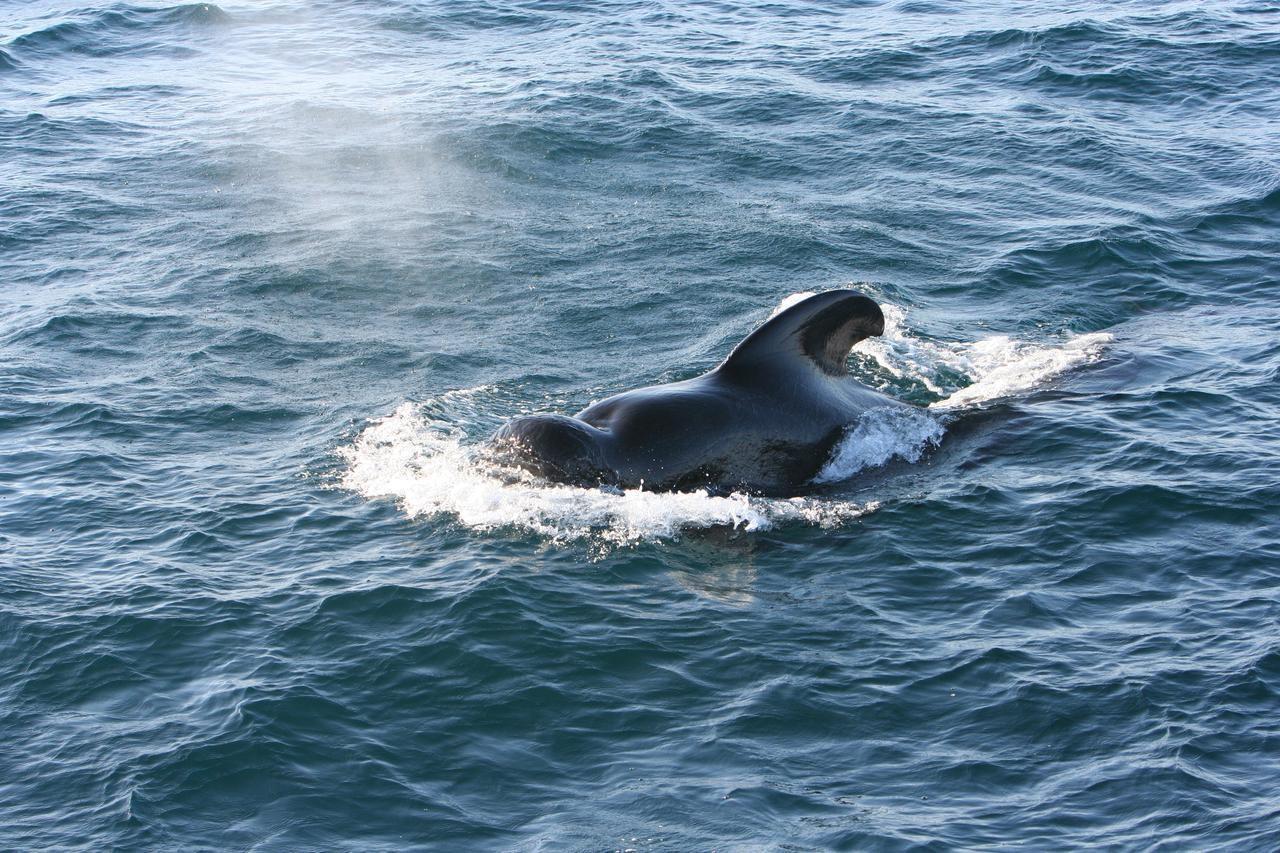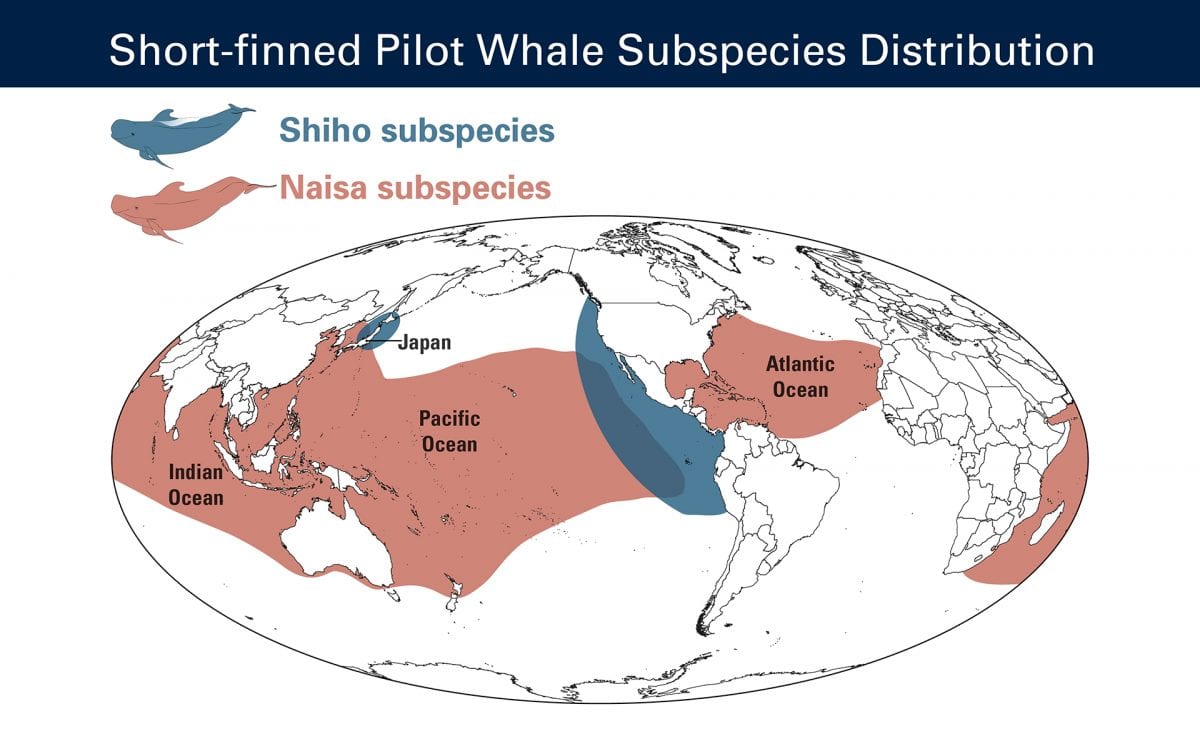New subspecies of pilot whale discovered after 250-year-old theory proved correct
In 1760 a Japanese naturalist first described two different types of short-finned pilot whales

Your support helps us to tell the story
From reproductive rights to climate change to Big Tech, The Independent is on the ground when the story is developing. Whether it's investigating the financials of Elon Musk's pro-Trump PAC or producing our latest documentary, 'The A Word', which shines a light on the American women fighting for reproductive rights, we know how important it is to parse out the facts from the messaging.
At such a critical moment in US history, we need reporters on the ground. Your donation allows us to keep sending journalists to speak to both sides of the story.
The Independent is trusted by Americans across the entire political spectrum. And unlike many other quality news outlets, we choose not to lock Americans out of our reporting and analysis with paywalls. We believe quality journalism should be available to everyone, paid for by those who can afford it.
Your support makes all the difference.Short-finned pilot whales are officially composed of two distinct subspecies, according to new research which has proved a 250-year-old theory correct.
Back in 1760, a Japanese naturalist called Yamase first described two different types of short-finned pilot whales. He called whales with square-shaped heads in southern Japan the “Naisa form” and the round-head variety in northern Japan the “Shiho form”.
Now using the latest DNA tests scientists have found Yamase was correct.
Lead researcher Amy Van Cise, a postdoctoral scholar at the Woods Hole Oceanographic Institution in Massachusetts told The Independent: “There’s been a growing amount of data since the eighties showing this so it was just a case of locking it down and showing it was true.”
Dr Cise and her team analysed 725 samples collected by researchers from all over the world and tested their mitochondrial DNA. By comparing this information with known whales and dolphins, researchers could identify that the groups were subspecies, according to the study published in Molecular Ecology.
“Most of the samples were collected by biopsies, some were collected from animals that were stranded and a fewer number were collected from whales caught in native hunts. We collected this data thanks to a large international collaboration”, she said.
What is particularly remarkable about the finding is that the whales are not separated by a continental barrier but just the vast expanse of the eastern Pacific Ocean.

“You would expect to see a different subspecies of whale in each ocean basin—the Atlantic, Indian, and Pacific. That’s pretty common. But what we found was that short-finned pilot whales in the Atlantic are the same sub-species as those living in the Indian Ocean and western Pacific,” said Dr Van Cise.
“Whales living off northern Japan and the eastern Pacific, however, seemed to be a single distinct subspecies.”
“It seems to have separated these groups of whales for long enough that they diverged into two different types. That means continents and land forms may not have been as significant a barrier as we thought to this species’ evolution. Instead, the oceanic ‘desert’ in the Pacific might have been more important,” said Dr Van Cise.
Short-finned pilot whales are found all over the world, with habitats in the Indian, Pacific, and North Atlantic oceans.
“You can’t manage animals globally without understanding their diversity. If you think of a group of animals as a single species, and it turns out they’re not, you could wind up accidentally losing an entire subspecies without knowing it,” said Dr Van Cise.
“We don’t know very much about their feeding behaviour in general so we can’t say very much about their differences. In terms of behaviour they might mate at different times of the year. We know very little about pilot whales full stop.”
A taxonomy board will review the proposal and decide whether these subspecies should be officially given separate names.
Join our commenting forum
Join thought-provoking conversations, follow other Independent readers and see their replies
Comments